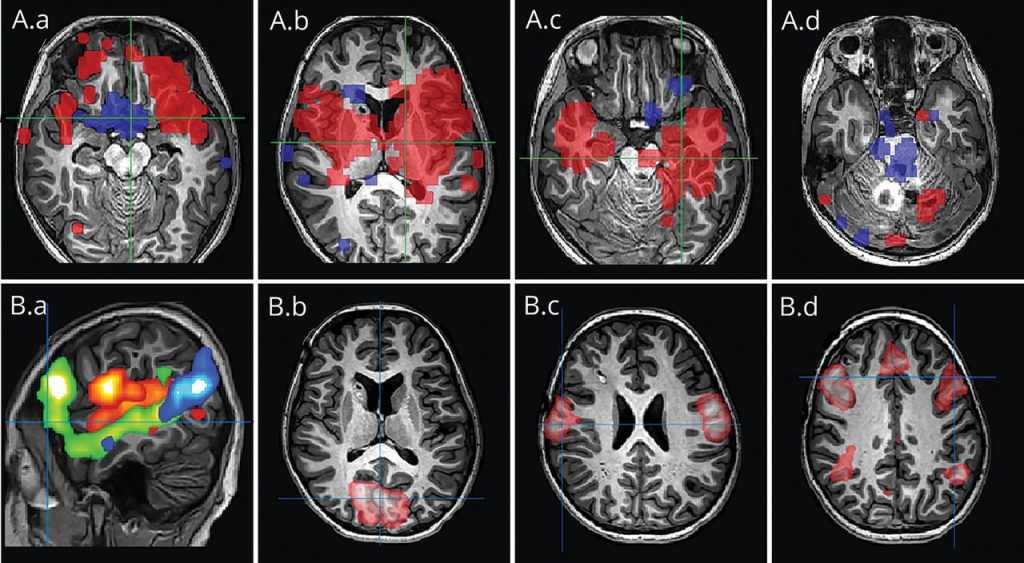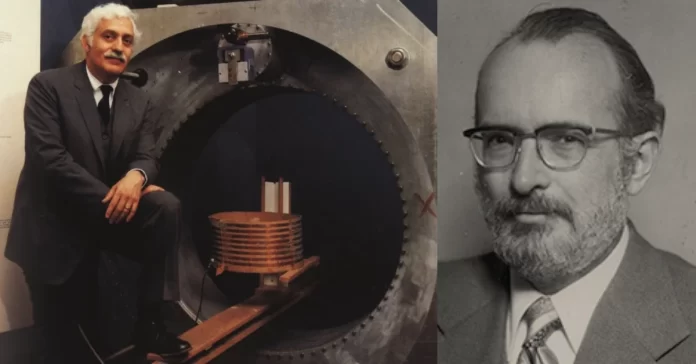Functional Magnetic Resonance Imaging (fMRI) emerged in the early 1990s as a ground-breaking neuroimaging technique. Its foundations trace back to the discoveries of Raymond Damadian in 1970 and Paul C. Lauterbur in 1971, who pioneered the use of magnetic resonance imaging for medical diagnosis and spatial information encoding, respectively.

The core of fMRI lies in the blood-oxygen-level dependent (BOLD) contrast, discovered by Seiji Ogawa in 1990. This technique capitalizes on the coupling between cerebral blood flow and neuronal activation. When a specific brain region is engaged, blood flow to that area increases, forming the basis of fMRI’s primary form².
Since its inception, fMRI has dominated brain mapping research due to its noninvasive nature, eliminating the need for injections, surgery, substance ingestion, or exposure to ionizing radiation. Statistical procedures are employed to extract the underlying signal from potential noise sources, enabling graphical representation of brain activation by color-coding the strength of activation across the brain or specific regions. While it achieves remarkable localization within millimeters, temporal precision typically ranges within a few seconds².
The invention of fMRI revolutionized the field of neuroimaging, enabling unprecedented insights in biomedical research. It has empowered scientists to delve into the complexities of the brain, unraveling new paths of understanding the human mind.
The Necessity of fMRI: Advancing Brain Research
Before the advent of fMRI, scientists had limited tools to explore brain activity. Electroencephalography (EEG) and positron emission tomography (PET) were available, but they had their limitations. EEG measured scalp electrical activity, lacking deep brain precision, while PET required radioactive substance injection and exposure to ionizing radiation.

Functional Magnetic Resonance offered a noninvasive solution with high spatial resolution, providing scientists with the ability to observe active brain areas during specific tasks or in response to stimuli. This breakthrough has yielded numerous discoveries, enhancing our comprehension of the brain’s inner workings and shedding light on conditions like depression, anxiety, and schizophrenia.
In conclusion, fMRI was a pivotal invention, equipping scientists with a powerful tool to explore the intricacies of the brain. Its noninvasive nature and exceptional spatial resolution have made it indispensable in neuroscience research, fueling unprecedented advancements in our understanding of the brain.

